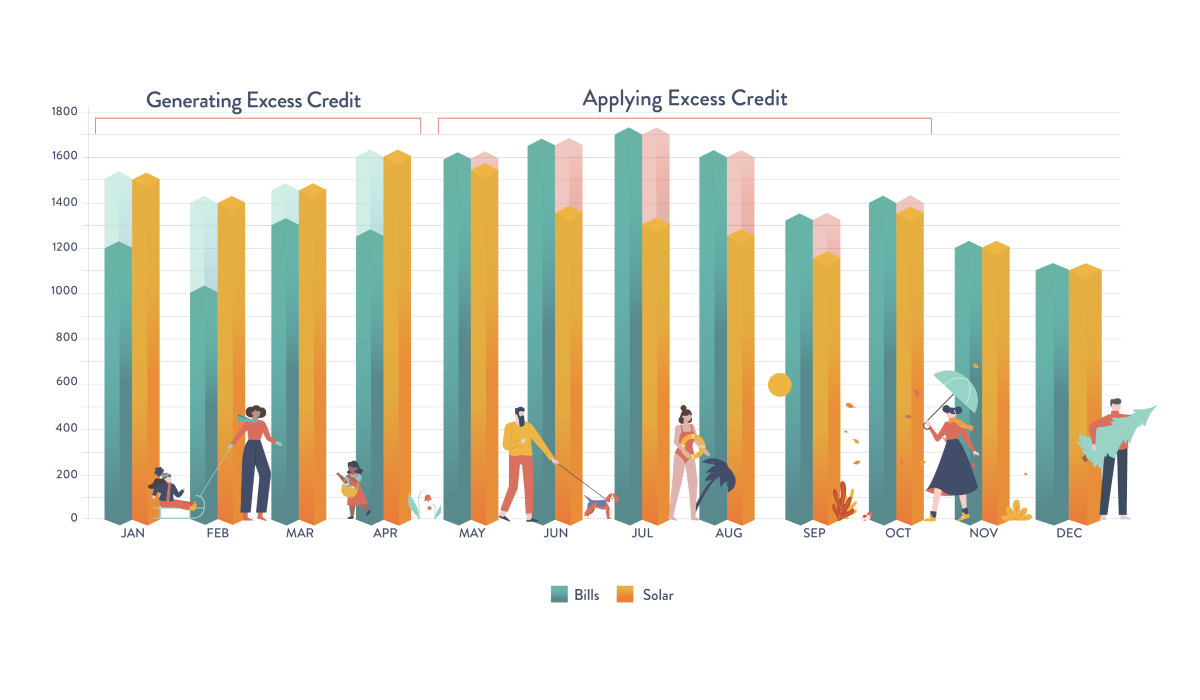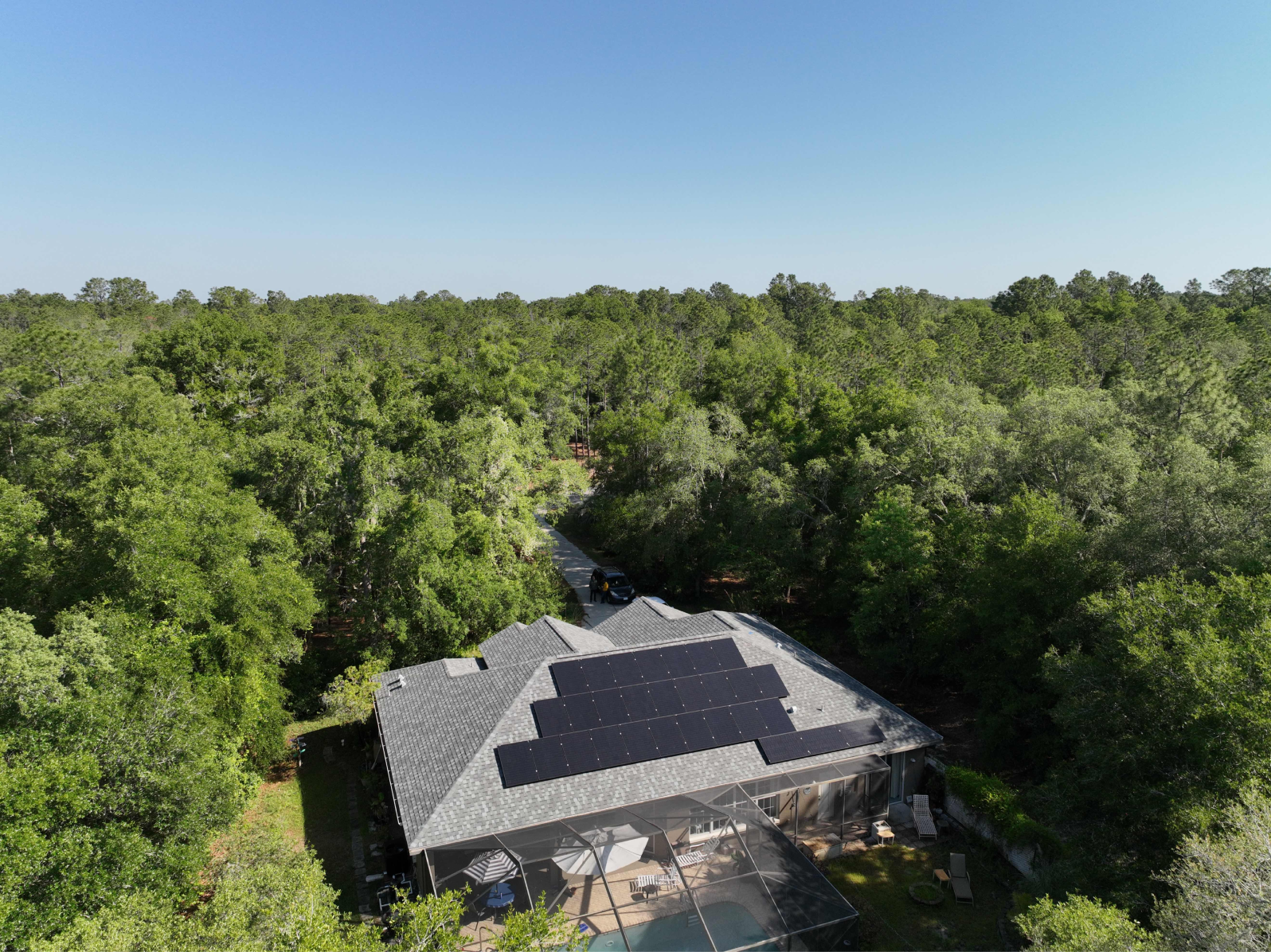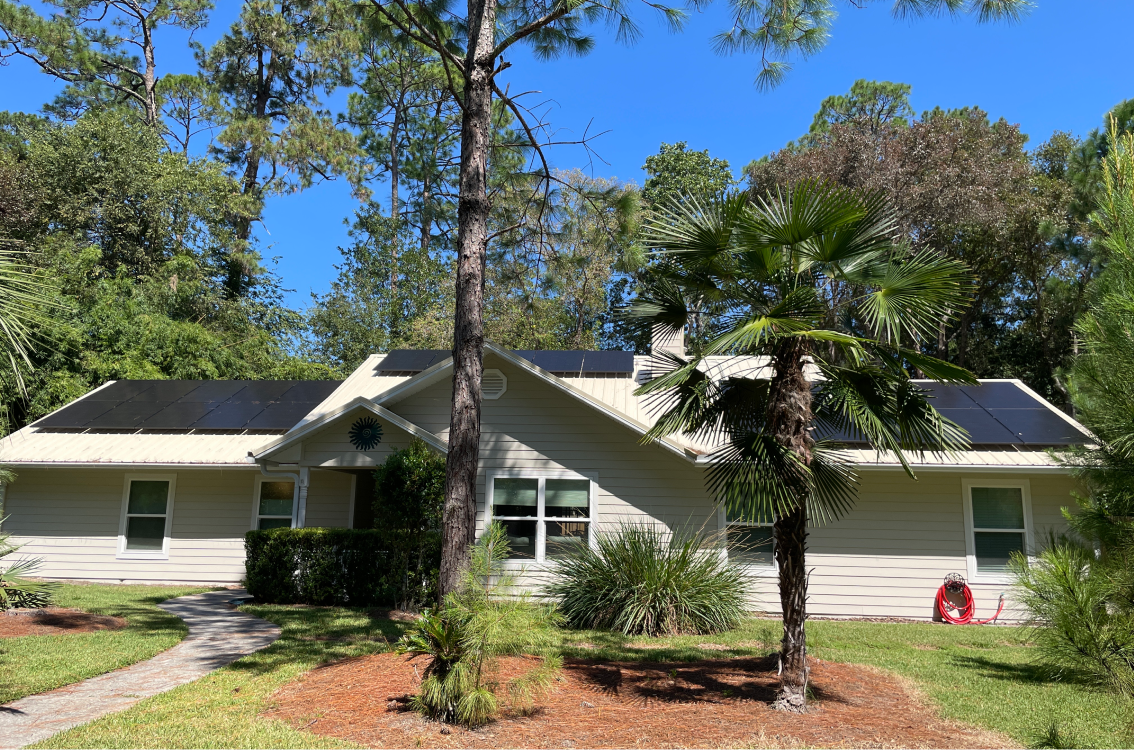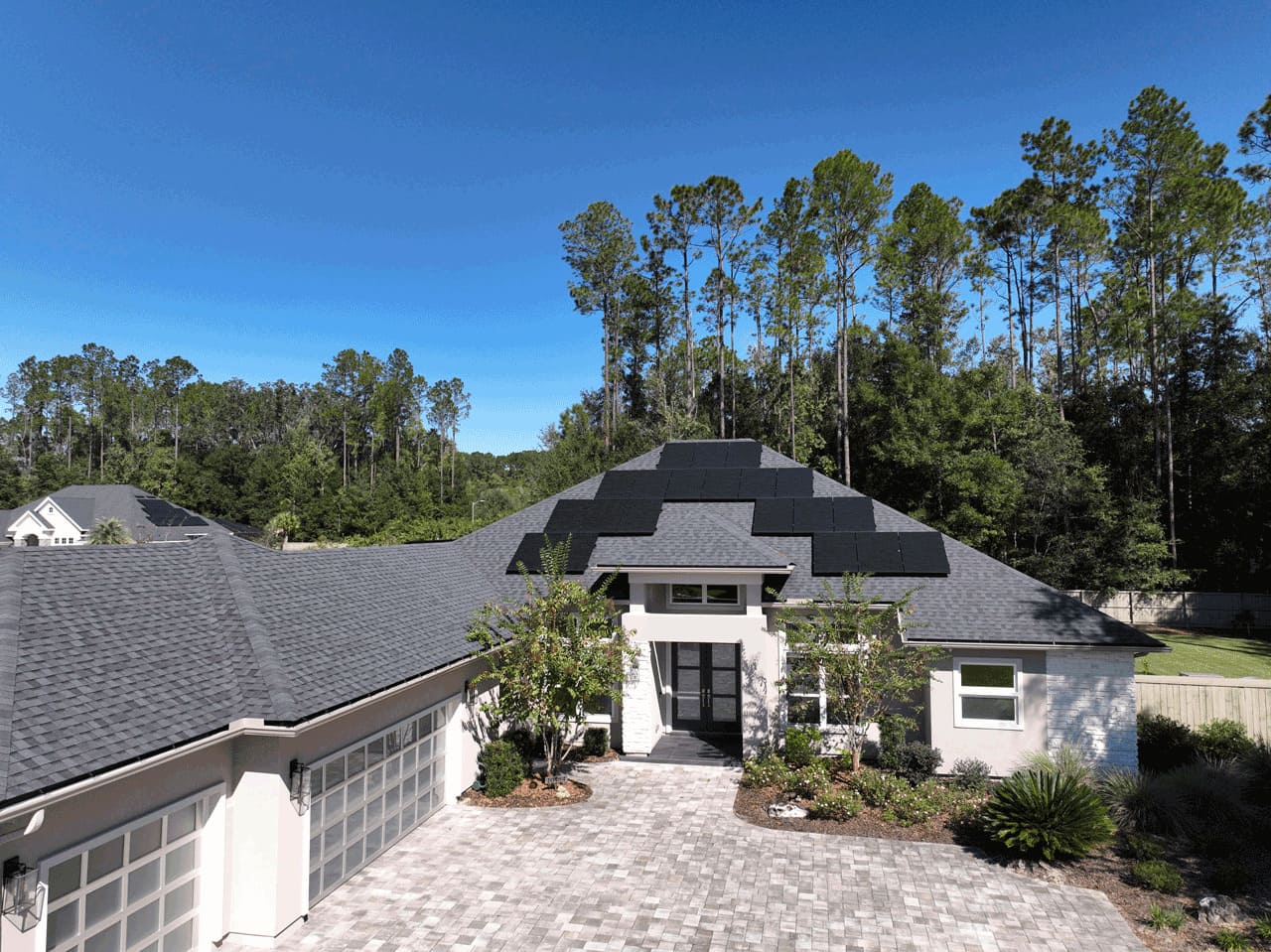At PPM Solar, we understand that navigating the ins and outs of solar energy production and billing can be intricate. That’s why we’re highlighting a common query: “Why do I still receive an electric bill after going solar?” Let’s illuminate the facts together.
Your Solar Production vs. Home Energy Consumption
As shown in the illustration below, solar production does not necessarily always match the home energy consumption on a monthly basis. It is better to wait for the full year to match the required consumption than oversize your system and donate excess energy to your utility for 25 years.
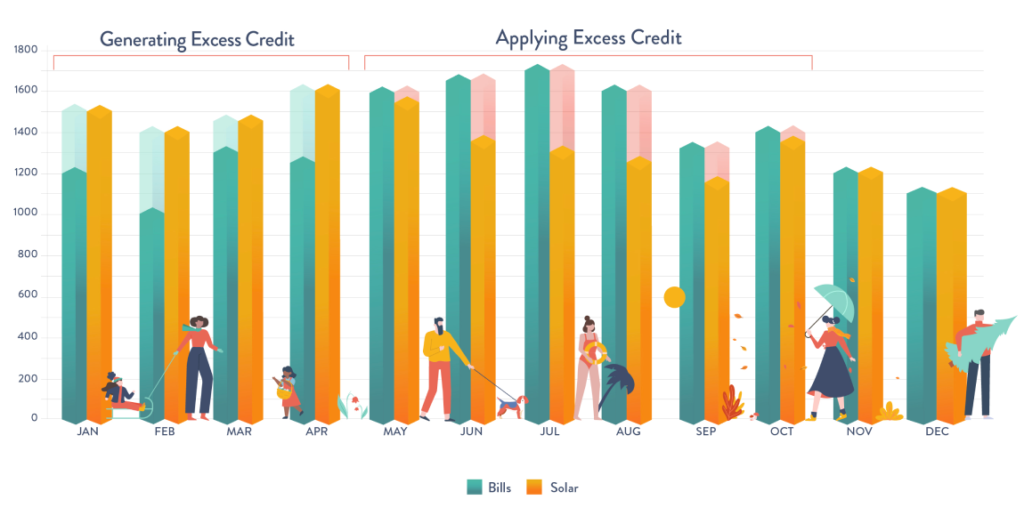
Understanding the Annual Perspective
A solar system in Florida will typically produce more energy than needed in spring and fall and use that surplus to backfill the deficit during hot summer months and low-production winter months – resulting in a near-zero electric bill on an annual basis. Therefore, a typical solar project will probably appear in deficit for 6-8 months out of the year and yet still be properly sized for annual consumption.
Note: if the solar system is commissioned during the months of deficit, it may cause you to mistakenly believe it is undersized. That is why it is essential to look at production on an annual basis.
The Impact of Sizing Your Solar System
If the solar system is too large and generates more than the house needs on an annual basis, that overage is not monetized at a retail rate of electricity but typically is paid out at avoided cost, diminishing the solar ROI.
PPM clients sometimes grow concerned with production when they see a deficit for several months in a row, such as June through October, and are asking for a system expansion. However, as apparent from the chart above, this expansion would result in an overage of solar production in a typical year. But, a properly sized solar project will provide nearly 100% of the energy requirements on an annual basis.
